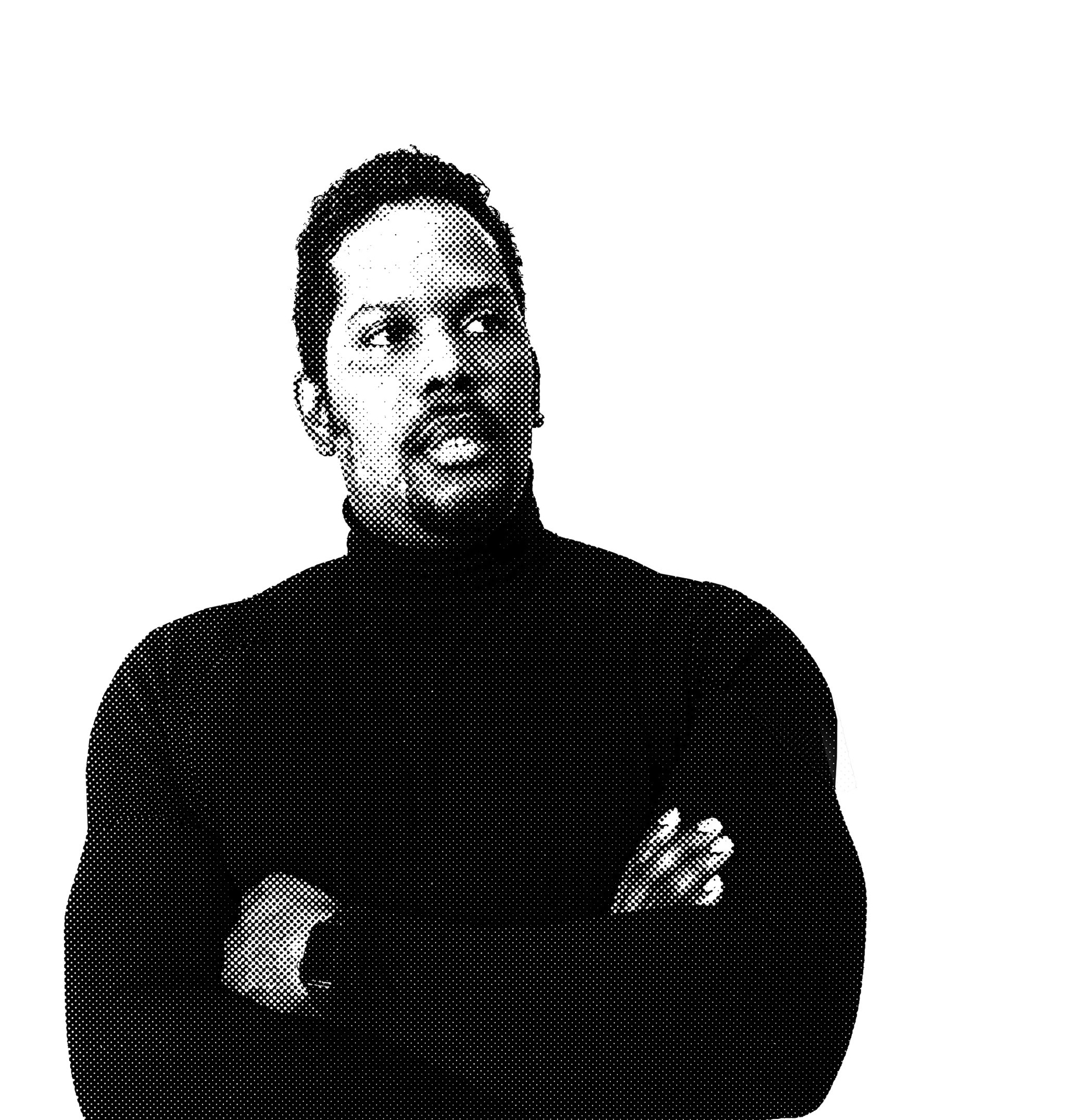Sargassum Seaweed Crisis to craft
Category: Interior
Competitions: Home Competition 2025
Summary In the summer of 2011, overwhelmingly large masses of thick brown seaweed appeared on the shores of my island home Barbados. The arrival of “Sargassum” seaweed in Barbados marked a significant environmental shift in the island’s history, fundamentally altering coastal ecosystems and economic activities. Since 2011, the island has faced escalating environmental and economic challenges driven by the direct effects of climate change and environmental degradation. The annual influx of Sargassum seaweed, to our shores is a phenomenon that is a direct result of rising global temperatures and disruptions in oceanic nutrient cycles and has intensified significantly since its arrival. The large-scale accumulation of Sargassum along Barbados’s coastlines has resulted in severe ecological consequences, including disruptions to marine ecosystems and threats to biodiversity. These influxes pose substantial economic risks to key industries such as tourism and fisheries, both of which are critical to the nation’s economic stability. Despite ongoing efforts to remove and dispose of Sargassum, these measures remain costly and unsustainable, necessitating innovative and long-term solutions in Barbados. Simultaneously, Barbados faces a growing scarcity of traditional raw materials used in local craftsmanship and design. Historically, artisans have relied on hardwoods, clays, and plant fibers to create culturally significant products, but increasing urbanization and environmental degradation have led to resource depletion. This trend threatens both the economic sustainability of craft industries and the preservation of Barbados’s rich cultural heritage. By addressing these dual challenges - the environmental burden of Sargassum paired with the scarcity of traditional raw materials on the island. The Monkey Jar is a traditional water pot which was found in every household during the early colonial period. Today Monkey Jars are made to continue our people’s heritage crafts, but due to dwindling clays and indigenous materials, island crafts have become at risk. Process: Here I have developed a formula for processing sargassum and have transformed it into an indigenous heritage work. My contemporary interpretation seeks to preserve as closely as possible the essence of the Monkey Jar, but now reborn through the use of sargassum seaweed and other natural fibers.

